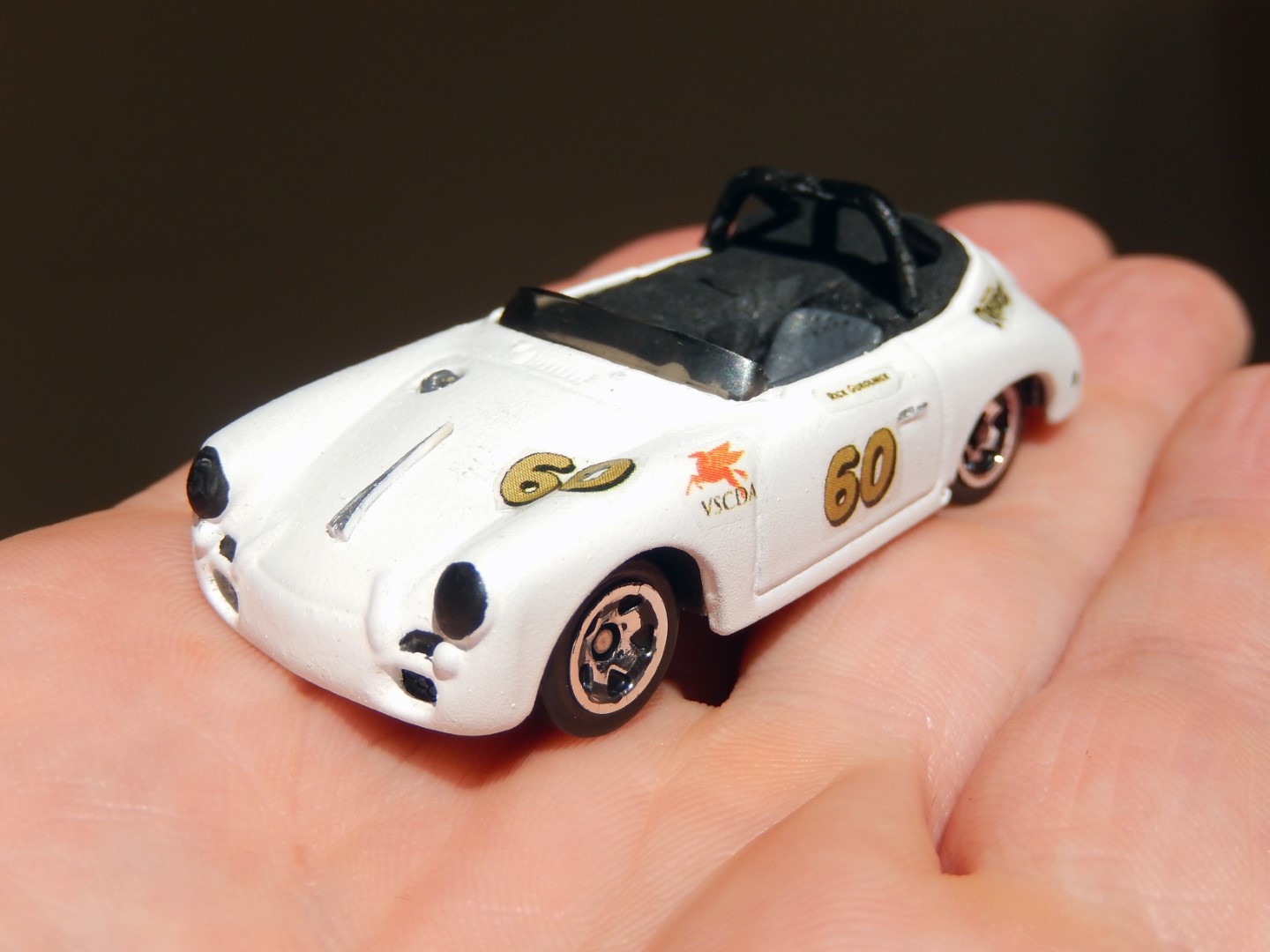2018 is the 50th anniversary of the introduction of Hot Wheels, Mattel’s line of die-cast toy cars. You can celebrate in true maker style by creating your own customized Hot Wheels car.
Hot Mods Contest for Make: readers! Submit photos of your custom Hot Wheels by Nov. 30, 2018, and official Mattel Hot Wheels designers will judge the winners and award cool HW prizes. Go to the contest page to enter!
1968 was a huge year for the toy business, with many best-selling (and still well-known) toys like Easy-Bake Oven, G.I. Joe, and games like Operation and Twister. But no toy is bigger than Hot Wheels in total number sold — over 4 billion to date!
Back then the world of die-cast cars was pretty tame, with realistic scale models of sedate sedans, dumpy trucks, and a few race cars. British toy company Lesney sold their Matchbox 1/64 scale vehicles in a “matchbox” package; very cute, and focused on collecting. Mattel revved up the toy car business with their revolutionary new approach, stressing bold new designs and performance.
The original Hot Wheels cars had special low-friction Delrin bearings in mag styled wheels. Instead of straight pieces of stiff wire, Hot Wheels had flexible, thin wire axles formed to act as torsion bars, giving the tiny cars a functioning four-wheel, independent suspension. To really show off the speed and performance, Mattel engineers also created the iconic flexible orange track along with motorized boosters, high-speed banked turns, jumps, and loop-de-loops.
Just as revolutionary as the technical designs were the aesthetics. The cars were painted with wild “Spectraflame” paint, in transparent candy colors that let the die-cast metal gleam and sparkle. The original car designs included Camaros, Firebirds, Mustangs, and famous custom show cars like the Silhouette, Deora, and Ed “Big Daddy” Roth’s Beatnik Bandit. When the first prototype car was shown to Mattel founder Elliot Handler, he said: “That’s one set ofhot wheels you’ve got there!” The name stuck.
Mattel also revolutionized the marketing of die-cast cars with exciting promotions. Kids were thrilled to re-create the exciting drag strip battles between real-life rivals Don “The Snake” Prudhomme and Tom “The Mongoose” McEwen on their bedroom floor, complete with popping drag ’chutes!
Today, the original sixteen Hot Wheels cars (called “Redlines” for their red sidewall tires) are treasured by collectors. The holy grail of vintage Hot Wheels cars is the limited-run Beach Bomb VW surfer van prototype with rear-loading surfboards. One famously sold for over $100,000 and was featured on PBS’s Antiques Roadshow.
CUSTOMIZE YOUR HOT WHEELS CAR
Ready to mod your ’rod? Here’s an example of an easy project to help get you started. My toy invention business partner, Rick Gurolnick, races in this 1960 Porsche 356 Speedster.
Its number 60 and “Doctor Dreadful” livery are well known on the vintage racing circuit. I wanted to make a tribute Hot Wheels version of his car, and fortunately Mattel produced a vintage Porsche that I could use as a starting point.
It was a coupe, so I needed to remove the roof, cut down the windshield, scratch-build the roll bar, as well as paint and create custom decals.
























